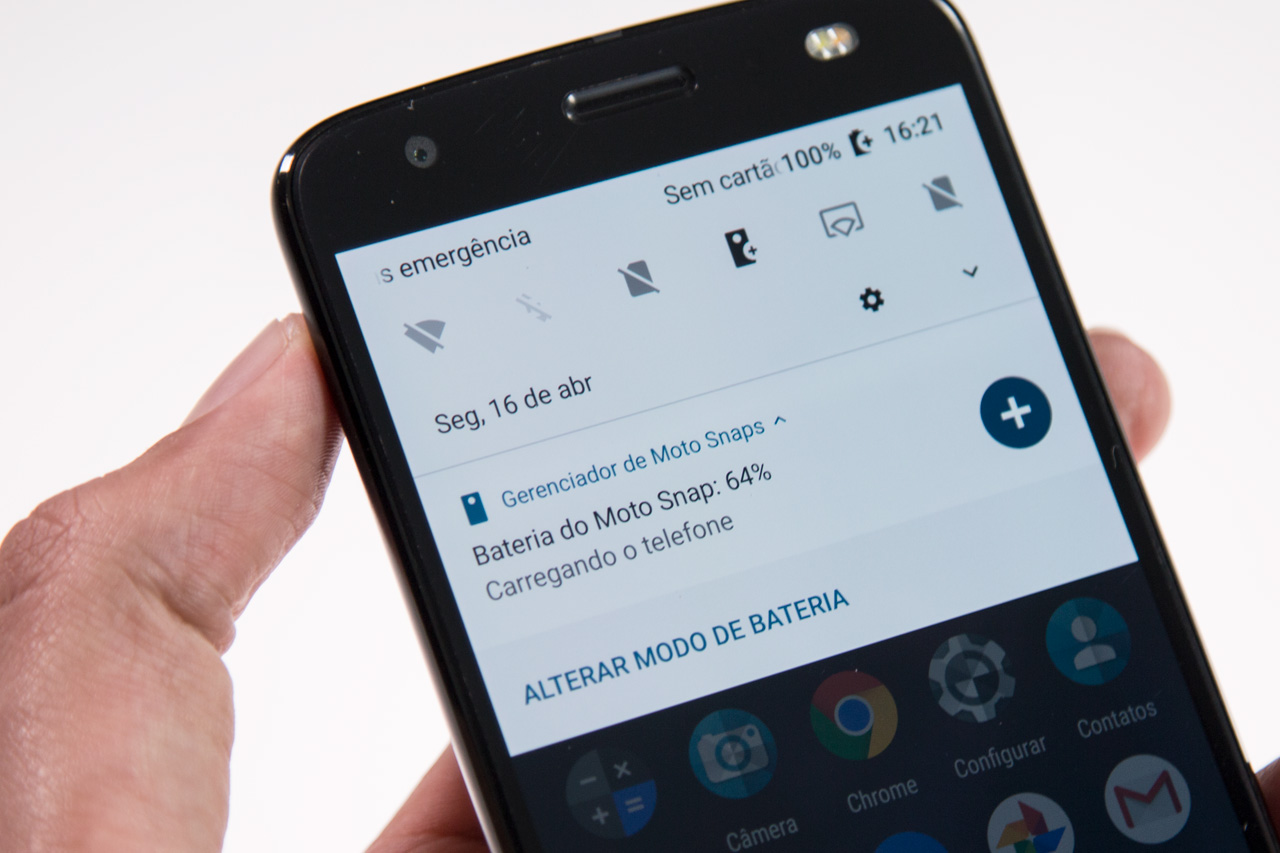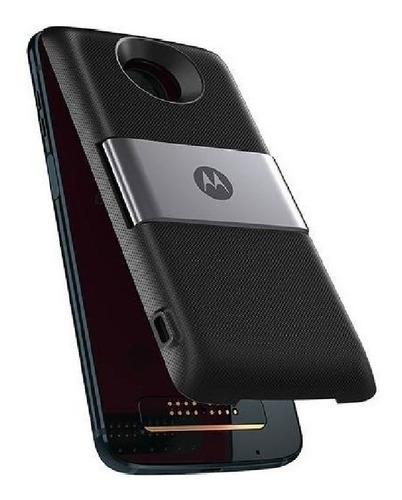

#Power pack tv pilot series#
Art © Marvel Comics.Marvel Cinematic Universe television series Purchase Marvel Comics Merchandise Online Today in Toons: Every day's an anniversary! But their first few years, when they were just a bunch of ordinary kids who had extraordinary adventures, will always be fondly remembered by superhero fans who have children of their own.īACK to Don Markstein's Toonopedia Home Page Like most minor Marvel characters who have been around a decade or two, the Power Pack kids have a convoluted, confusing and often contradictory history - and can probably look forward to more of the same in the future. But in a later mini-series, things returned to what passes for "normal" in the lives of superheroes these days. Not quite - in The New Warriors, a 1990s title Marvel apparently used as a dumping ground for series-less characters it wanted to maintain trademarks on, Alex, now calling himself "Powerhouse" ( no relation), wound up with all of them. In the special, their powers were shuffled again - they all wound up with the ones they'd had at the beginning, supposedly "for keeps".

The regular series ended with #62 (February, 1991), but a double-size Holiday Special came out a year later. But nothing came of it - in fact, by that time, the comic book itself, beset by the usual comings and goings of creative personnel and consequent shifting of direction, was running out of steam. A pilot was made, and producers hoped to see it on NBC's 1991-92 Saturday morning schedule. Spider-Man, The Punisher, Cloak & Dagger, Wolverine and many others traipsed through their pages during the title's seven-year run.Ī few years into the series, Power Pack was optioned for TV. In #52, the powers got shuffled again.Īnother schtick was very frequent crossovers - even more than usual for the Marvel Universe, and that says a lot. In #25 (August, 1986), Alex got Katie's power (and changed his name to "Destroyer" - no relation), Julie got Jack's (and called herself "Molecula"), Jack got Alex's (and became "Counterweight") and Katie got Julie's (becoming "Starstreak"). Fantastic and Invisible Woman of The Fantastic Four (superhero name "Tattletale", since he could see five minutes into the future and "tell on" people for what they were about to do) Kofi, an alien resembling a horse, the son of Aelfyre Whitemane, who gave the Powers their powers in the first issue and Bogeyman, Dad's former boss, who became a super villain.Ī continuing schtick in Power Pack was that every couple of years, the kids would switch powers. Supporting characters included honorary member Franklin Richards, son of Mr. For the first few years, they operated without their parents, Jim and Margaret Power, even suspecting they were superheroes. Katie, 5, superhero name "Energizer" (she got it from a TV commercial), could emit highly destructive blasts of energy - which, since she was youngest and therefore least in control of her impulses, led to saying "I'm sorry!" a lot. Jack, 8, superhero name "Mass Master", could expand or contract the molecules of his body, making himself either small and dense, or large and virtually intangible. Julie, 10, superhero name "Lightspeed", had super-speed like DC's Flash or Marvel's Quicksilver. Alex, 12, superhero name "Gee" (for "gravity"), was able to make things heavier or lighter. The kids called themselves The Power Pack because Power was their family name. It was probably the first superhero series since Tarpé Mills's Miss Fury, and the first Marvel comic book ever, created entirely by women. The series was created by Louise Simonson (whose writing/editing career in comics started with running the Warren Magazines line, including Creepy and Vampirella) and June Brigman (whose art credits also include DC Comics' Supergirl and the Brenda Starr newspaper strip).

With their realistic (as seen by grown-ups) personalities and their true-to-life sibling relationships, they seemed designed to appeal to superhero fans who have children of their own. The children in Power Pack weren't the kind you see in most kid-oriented comics, like Little Jimmy, Little Lulu and Little Dot. Others thought it a good thing that Marvel was making an attempt to appeal to younger readers with such a high-quality series.Īctually, both sides were wrong. Some of Marvel's loyal readers, most of whom were adolescent Marvel Comics' Power Pack debuted, with an August, 1984 cover date, to mixed reviews. Please contribute to its necessary financial support. If this site is enjoyable or useful to you, Creators: Louise Simonson (writer) and June Brigman (artist)


 0 kommentar(er)
0 kommentar(er)
